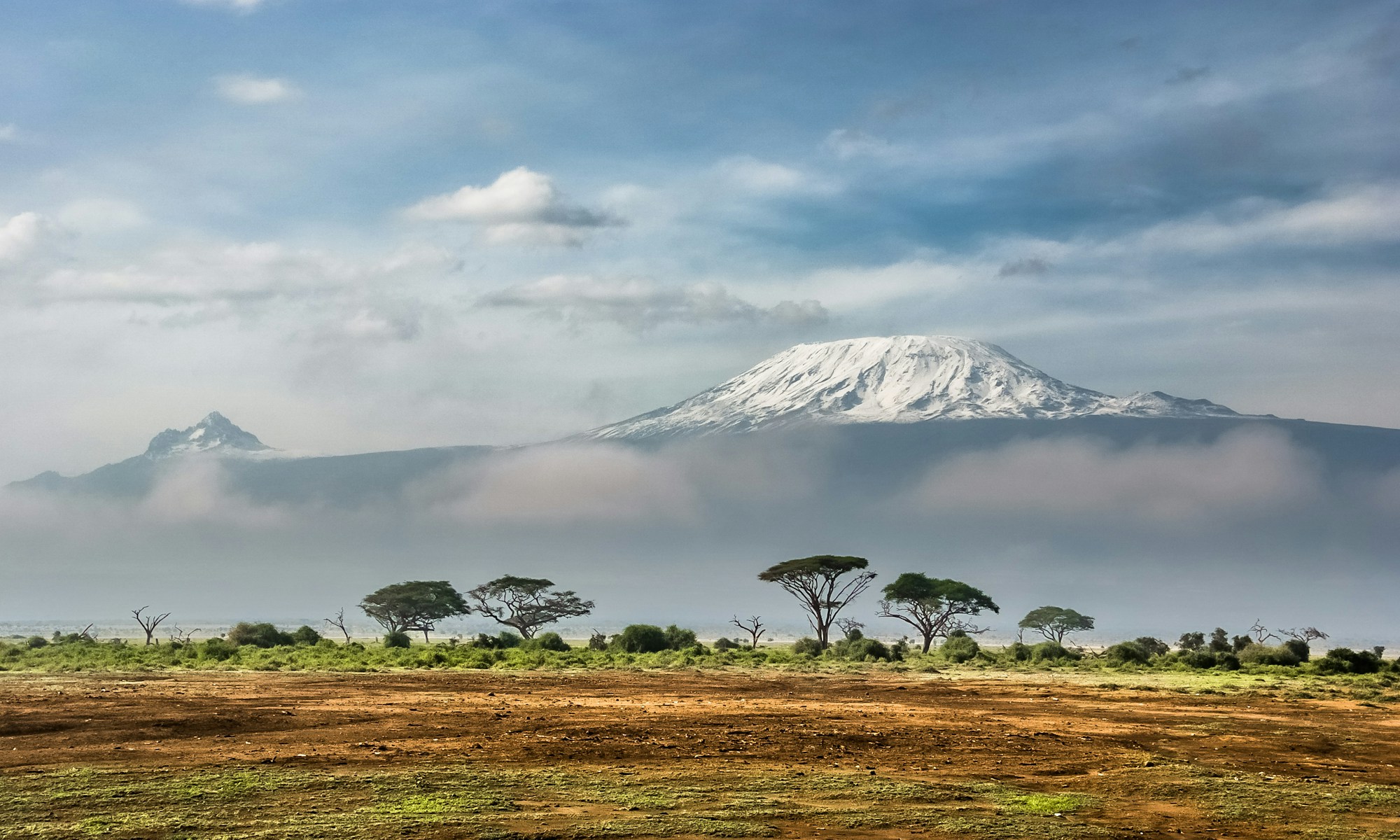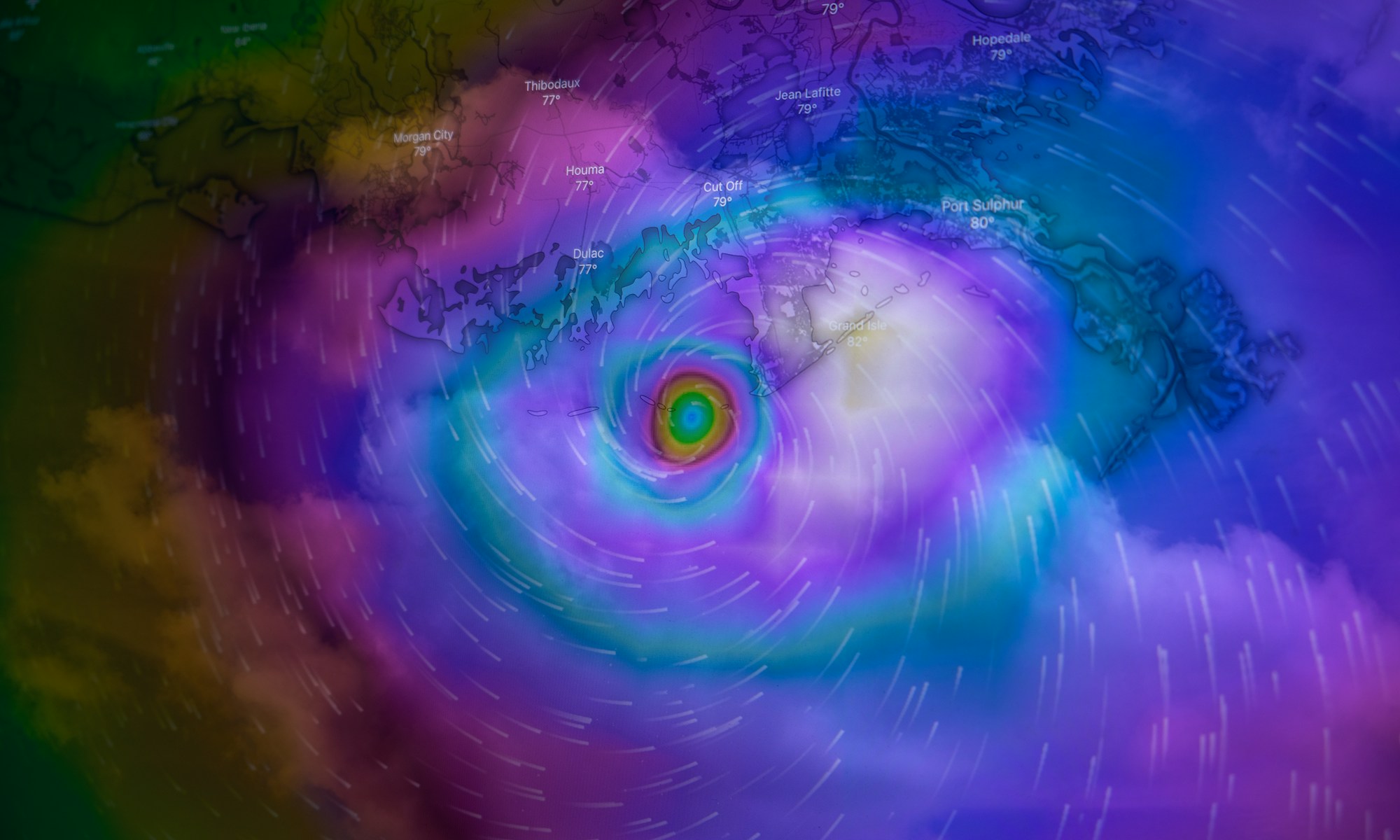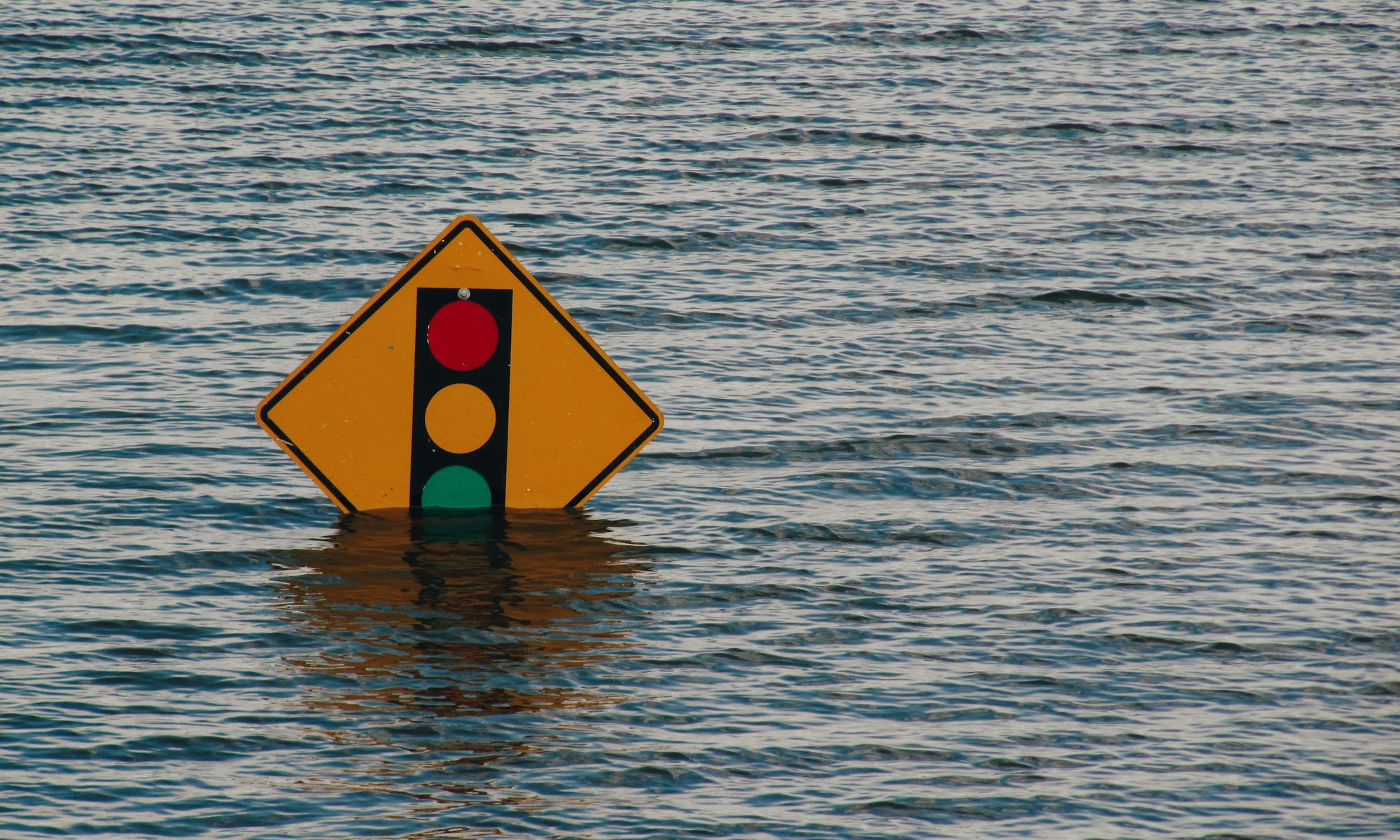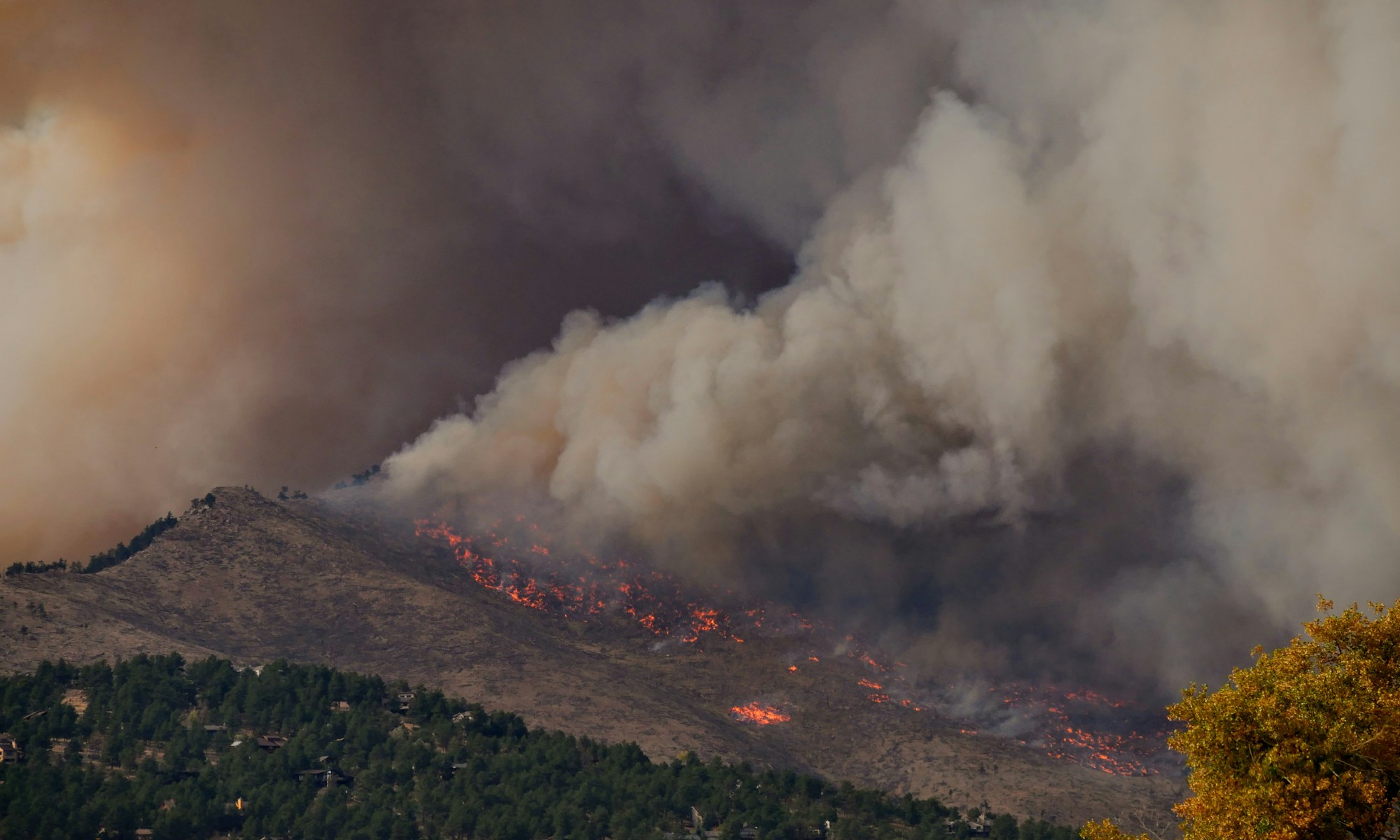12 October 2021 – by Evelyn Workman
A severe drought affecting half of Kenya has led to an estimated 2.1 million people facing starvation. The National Drought Management Authority (NDMA) said people living in the Arid and Semi-Arid Lands (ASAL) region of the country will be in “urgent need” of food aid over the next six months.
The crisis is the cumulative impact of two consecutive poor rainy seasons coupled with the COVID-19 pandemic, diseases and pests, leading President Uhuru Kenyatta declaring the drought a national disaster on 8th September.
The two previous rainy seasons, the 2020 short rains (October to December) and the 2021 long rains (March to May), were both characterised by late onset rainfall and poor distribution of rainfall, across the ASAL. Furthermore, the upcoming short rains season (October to December 2021) is forecasted to be below average, exacerbating the already deadly conditions facing people living in the region.
Secretary general of the Kenya Red Cross, Asha Mohammed, highlighted the interplay of several factors in worsening the situation in the region, “You have two seasons of depressed rains, desert locusts ravaging farmlands in the same counties and people fighting over the few resources available. That is the making of a disaster.”
The number of people facing insecurity is expected to rise to nearly 2.4 million from November of this year, according to the latest Integrated Phase Classification (IPC) analysis.
Due to many open water sources drying up across pastoral agricultural areas, the NDMA has reported that pastoralists have had to walk further in search of water. Household trekking distances to watering points have increased to an average of 2 to 6 kilometers, up from an average of 1 to 5 kilometers. Consequently tensions among communities have risen, as people have had to travel longer distances and along different routes in search of food and water, according to an assessment by the ASAL Humanitarian Network.






